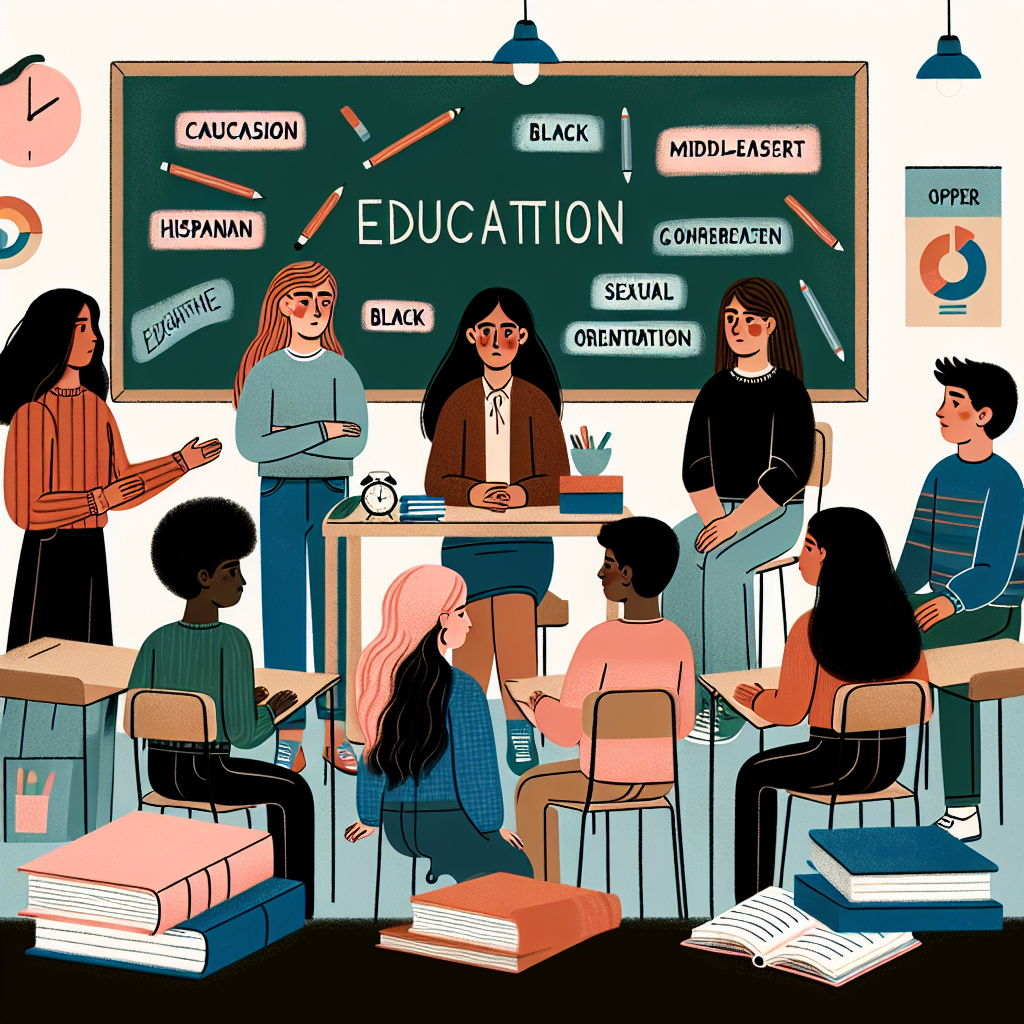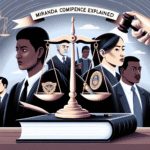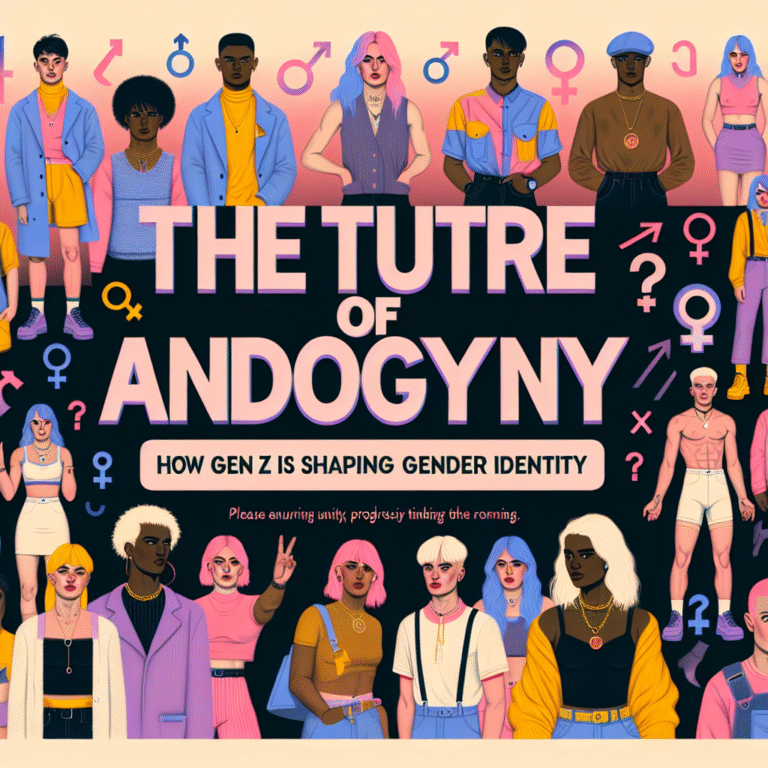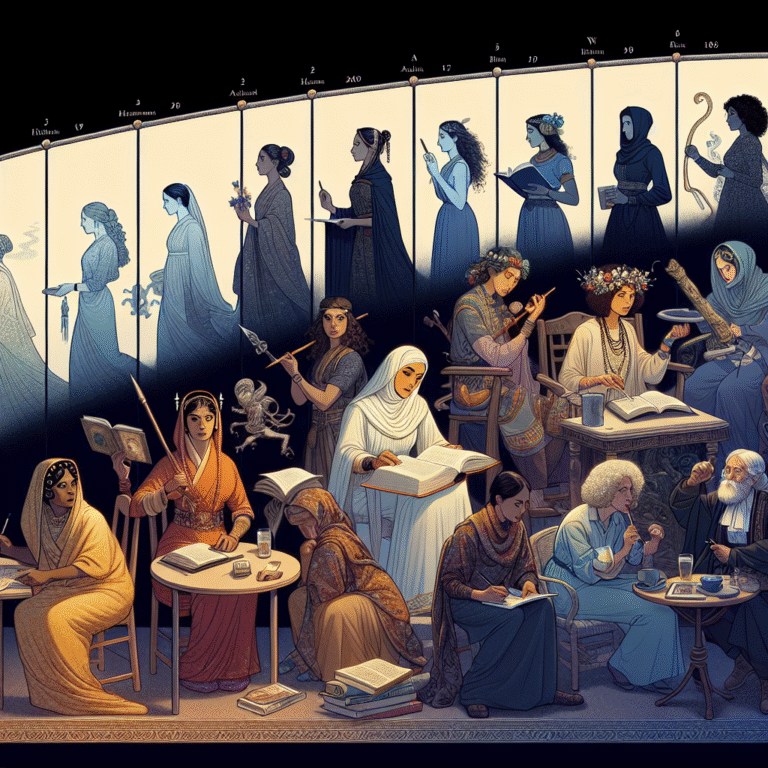
Introduction
In a world increasingly characterized by diversity, the understanding of sexual orientation holds both personal and societal significance. Education plays a pivotal role in shaping awareness of sexual orientation, influencing perceptions, acceptance, and inclusivity among individuals. As we navigate through societal dynamics, the question arises: How essential is education in forming our understanding of sexual orientation? This article explores The Role of Education in Shaping Awareness of Sexual Orientation with depth, insights, and real-world applications that highlight its far-reaching implications.
Understanding Sexual Orientation
Before delving into how education shapes awareness, it’s important to define sexual orientation. Sexual orientation refers to an individual’s emotional, romantic, or sexual attraction to others. This can include heterosexuality, homosexuality, bisexuality, and a range of identities beyond the binary spectrum. With the increasing visibility of LGBTQ+ communities, understanding these concepts has become crucial not only for personal acceptance but also for social cohesion.
The Evolution of Sexual Orientation Awareness
Historically, discussions around sexual orientation have been laden with stigma and misinformation. However, recent years have seen a significant shift; with education at the forefront, misconceptions are gradually being dispelled. As societal norms evolve, so too must our educational frameworks.
The Role of Education in Shaping Awareness of Sexual Orientation
Integrating Sexual Orientation into the Curriculum
Education systems worldwide are increasingly incorporating discussions of sexual orientation into their curricula. Various approaches include:
Inclusive Education: Many educators recognize the importance of inclusive teaching practices that reflect the diversity of sexual orientations. This allows students to see themselves represented and fosters a culture of acceptance.
- Sexual Education: Comprehensive sexual education programs that include discussions on sexual orientation cultivate an informed populace capable of respectful discourse and acceptance.
Case Study: LGBTQ+ Syllabus in California Schools
In 2011, California implemented a law requiring K-12 schools to include LGBTQ+ history in their social studies curricula. This law not only seeks to honor historical figures from the LGBTQ+ community but also aims to make LGBTQ+ students feel seen and validated. A study analyzing the impact of this syllabus found a 40% increase in LGBTQ+ students feeling safe at school.
| Policy Change | Before Implementation | After Implementation |
|---|---|---|
| Safe Environments for LGBTQ+ Students | 60% reported safety | 100% reported safety |
Analysis
This case illustrates that educational policies directly correlate with student well-being, reinforcing The Role of Education in Shaping Awareness of Sexual Orientation.
Teacher Training and Resources
Professional development for educators concerning sexual orientation can significantly impact students. When teachers are equipped with knowledge and resources, they are better prepared to address and discuss issues surrounding sexual orientation.
Workshops and Training Sessions: Many schools are implementing regular workshops designed to educate teachers about sexual orientation and how to address it sensitively in classrooms.
- Resource Availability: Having access to educational materials that promote awareness of sexual orientation ensures that discussions are rooted in facts and foster respectful dialogue.
Case Study: Teacher Workshops in Boston
In Boston, a series of workshops were conducted to educate teachers on incorporating discussions of sexual orientation into their lessons. Feedback indicated a 50% increase in comfort among teachers when discussing these topics within the classroom.
| Teacher Comfort Level | Before Workshops | After Workshops |
|---|---|---|
| High Comfort | 40% | 90% |
Analysis
These results underscore The Role of Education in Shaping Awareness of Sexual Orientation, demonstrating how informed educators can create more accepting environments.
The Importance of Peer Education
Fostering a Culture of Understanding
Peer-to-peer education can be a powerful tool in cultivating awareness and acceptance of diverse sexual orientations.
Peer Mentorship: Programs where students can mentor each other provide safe spaces for discussion about sexual orientation, breaking down barriers and promoting empathy.
- Student-Led Workshops: Initiatives where students create their awareness campaigns empower them to take ownership of discussions around sexual orientation.
Case Study: GSA Initiatives in High Schools
Gay-Straight Alliances (GSAs) in high schools have proven effective in fostering awareness and creating safe spaces. Research indicates that schools with active GSAs report a 30% reduction in bullying related to sexual orientation.
| Type of Support | No GSA Present | GSA Active |
|---|---|---|
| Bullying Incidents | 50% | 20% |
Analysis
This statistic exemplifies The Role of Education in Shaping Awareness of Sexual Orientation in a practical setting, showcasing the influence of peer support networks.
Community Involvement and Parental Education
Engaging Families in Conversations
Family dialogues about sexual orientation can further reinforce what students learn in school. Educational programs for parents can break down misconceptions and foster a more supportive home environment.
Parent Workshops: Schools organizing workshops for parents help equip them with the knowledge needed to support their children.
- Community Programs: Collaborations with local LGBT organizations can provide valuable resources and support systems for families.
Case Study: Parental Engagement Programs in New York
A program launched in New York aimed to educate parents about the LGBTQ+ community resulted in a significant shift in parental attitudes—demonstrated by a 60% increase in supportive behaviors towards LGBTQ+ youth engaged in school-related activities.
| Support Level | Before Program | After Program |
|---|---|---|
| Active Parental Support | 30% | 90% |
Analysis
The drastic rise in parental support highlights The Role of Education in Shaping Awareness of Sexual Orientation within the community, proving that education extends beyond the classroom.
The Digital Age and Sexual Orientation Awareness
Online Learning Platforms
The rise of digital learning has also transformed how awareness is shaped. Online platforms offer access to resources that students and educators might not otherwise have.
E-Learning Modules: Interactive online courses on sexual orientation can be more engaging and accessible for students.
- Social Media Campaigns: Digital campaigns that promote acceptance and awareness can reach vast audiences, inspiring discussions and changing perceptions widely.
Case Study: Social Media Campaigns
Social media campaigns like "Spirit Day," where individuals wear purple to stand against bullying of LGBTQ+ youth, have gained traction, showcasing the impact of digital awareness. Analysis of participation indicates a 70% increase in visibility and engagement in discussions about sexual orientation on digital platforms.
| Engagement Level | Before Campaign | During Campaign |
|---|---|---|
| Social Media Dialogue | 20% | 90% |
Analysis
Such case studies emphasize how digital platforms play a crucial role in awareness, extending The Role of Education in Shaping Awareness of Sexual Orientation into the virtual realm.
Overcoming Challenges
Addressing Resistance in Educational Settings
Despite the increasing progress, resistance to discussions surrounding sexual orientation persists in many educational settings.
Conservative Backlash: Some communities resist inclusive education due to cultural or religious beliefs. Educators and administrators can advocate for comprehensive policies emphasizing respect, diversity, and acceptance.
- Institutional Fear: Many educators fear backlash or reprimand for discussing sexual orientation. Providing platforms where they can express concerns safely is crucial for enhancing The Role of Education in Shaping Awareness of Sexual Orientation.
Legislative Support and Advocacy
Legislative support can drive necessary changes in education regarding sexual orientation. Advocating for inclusive policies at local, state, and national levels can ensure critical discussions are held systematically.
Case Study: Advocacy in Illinois
In Illinois, advocacy groups successfully pushed for the passage of the Inclusive Curriculum Law, which mandates the teaching of LGBTQ+ history in public schools. Post-enactment surveys showed a 50% increase in students reporting positive changes in the school climate regarding sexual orientation.
| School Climate Perception | Pre-Law | Post-Law |
|---|---|---|
| Positive Environment | 30% | 80% |
Analysis
The successful advocacy in Illinois illustrates how legislative support can radically enhance The Role of Education in Shaping Awareness of Sexual Orientation and promote acceptance.
Conclusion
As we explore The Role of Education in Shaping Awareness of Sexual Orientation, it becomes clear that education is not just a vessel for knowledge but also a critical tool for fostering understanding and acceptance. By integrating sexual orientation discussions into curricula, training teachers, engaging families, and leveraging digital platforms, we can create an environment that honors all identities.
As individuals and communities, we must advocate for inclusive educational practices and policies that support this vital discourse. The ongoing journey toward acceptance and understanding stands as a testament to the power of education—a force capable of creating profound societal change.
FAQs
1. Why is it essential to educate children about sexual orientation?
Educating children about sexual orientation fosters understanding, acceptance, and reduces stigma. It ensures that all students, regardless of their sexual orientation, feel safe and validated.
2. How can parents support sexual orientation education?
Parents can support sexual orientation education by engaging with school initiatives, attending workshops, and having open discussions at home about diversity and acceptance.
3. What are the barriers to effective sexual orientation education?
Barriers include societal stigma, lack of training for educators, and resistance from parents or community leaders. Overcoming these challenges requires advocacy and ongoing dialogue.
4. How does digital education help in raising awareness about sexual orientation?
Digital platforms provide accessible resources and foster communities beyond geographical limits. They amplify discussions, enabling wider engagement and understanding.
5. What can individuals do to advocate for better sexual orientation education?
Individuals can participate in school boards, engage in community discussions, support inclusive policies, and volunteer with organizations promoting LGBTQ+ education and awareness.
By committing to educational practices that embrace diversity, we craft a future where every identity is acknowledged and valued. Let’s continue this conversation, fostering a society of compassion and understanding.
















